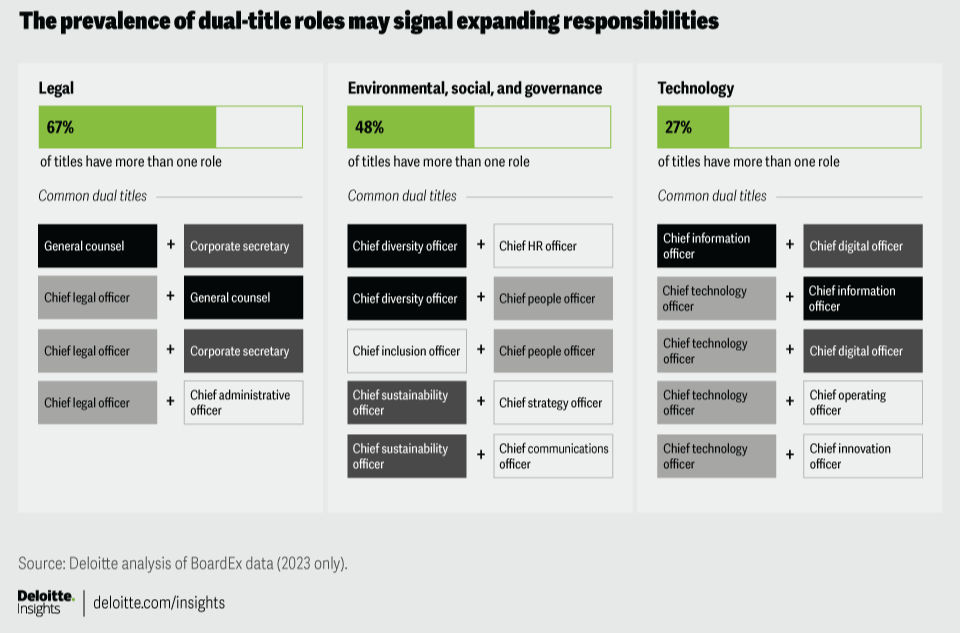The Talent Marketplace Revolution: Driving Mobility and Skills Without a Perfect Job Architecture
- Bo Vialle-Derksen

- Mar 18
- 3 min read
The world of Talent Management is undergoing a fundamental shift. The rise of internal talent marketplaces—AI-powered platforms that match employees with projects, gigs, and full-time roles—has transformed how organizations approach workforce agility, employee development, and career progression. Yet, many HR leaders grapple with a key question: Do we need to perfect our job architecture before launching an internal talent marketplace?

The short answer? No. While a structured job architecture can provide clarity and efficiency, companies can successfully implement a talent marketplace by focusing on empowering employees, enabling mobility, and fostering skill development. The key is to prioritize action over perfection. Let’s explore why.
Breaking Free from Traditional Job Structures
Historically, organizations relied on well-defined job architectures—a structured framework of roles, levels, and career paths—to drive talent mobility. But today’s workplace demands agility and continuous learning, not rigid hierarchies. Leading organizations recognize that:
Skills, not job titles, define success. Employees increasingly value skill-building opportunities over traditional career ladders.
Talent mobility thrives in fluid environments. Employees seek project-based experiences and cross-functional moves to accelerate their growth.
AI and data are reshaping workforce management. Advanced AI-driven platforms match talent based on skills, interests, and potential, making rigid job structures less critical.
Instead of waiting for a perfectly defined job architecture, companies can move forward by focusing on skills-first strategies—allowing employees to explore new roles and learn as they go.

Empowering Employees Through Skills and Mobility
A skills-based approach allows organizations to launch talent marketplaces without delaying for job architecture clean-up. Key strategies include:
Encouraging Internal Mobility: Give employees the tools to explore new roles, projects, or stretch assignments based on their skills and aspirations.
Investing in Learning and Development: Upskilling and reskilling should be at the core of talent strategies, ensuring employees are equipped for evolving business needs.
AI-Driven Matching: Use AI to connect employees with opportunities based on skills rather than job titles, fostering a more dynamic and inclusive talent marketplace.
Shifting Leadership Mindsets: Managers must support talent movement and see employee growth as a success, not a loss.
By focusing on skills and employee empowerment, organizations can build a thriving internal marketplace without being constrained by outdated job structures.
When Job Architecture Becomes Essential
While companies can launch a talent marketplace without a fully structured job architecture, data clean-up is eventually necessary to maximize impact. A more structured approach helps with:
Linking Skills to Performance: Accurate data ensures that internal moves align with organizational goals and employee growth.
Personalized Career Pathing: Employees benefit from clearer guidance when job roles, skills, and career trajectories are well-defined.
Compensation and Equity: A structured framework ensures fair pay and alignment with market benchmarks.
AI Optimization: Clean and structured data enhances AI-driven recommendations and insights.
The best approach? Start with a flexible, skills-based marketplace, then refine job architecture over time. This allows organizations to gain momentum without being paralyzed by structural complexity.
The Future: A Skills-Driven Talent Ecosystem
The future of work is not about rigid job hierarchies—it’s about dynamic skill-building, internal mobility, and continuous learning. Organizations that embrace this mindset will:
Empower employees to own their career growth through skills development and mobility.
Drive workforce agility by leveraging AI to match talent with opportunities.
Adapt and evolve job architecture over time to align with emerging business needs.
Rather than waiting for the “perfect” structure, companies should act now—because momentum matters more than perfection.
By taking a skills-first approach, companies can unlock the full potential of their workforce—without getting stuck in job architecture paralysis.
Sources for further reading:



Comments